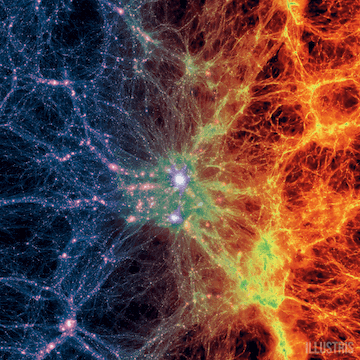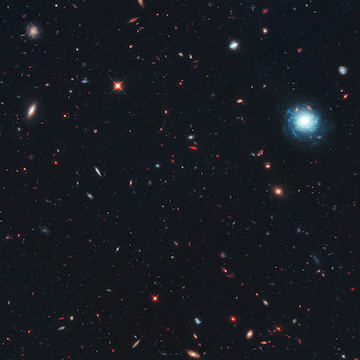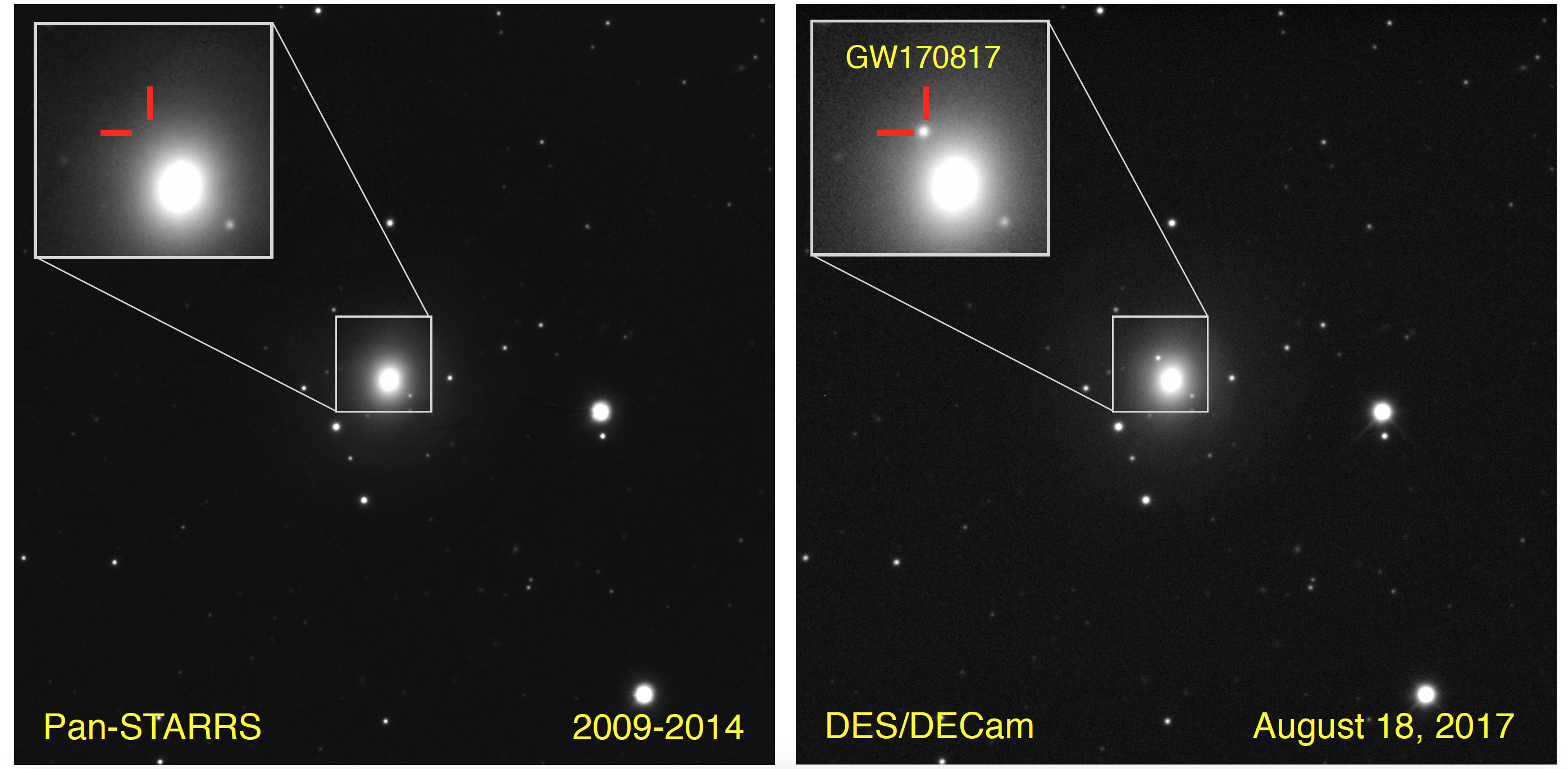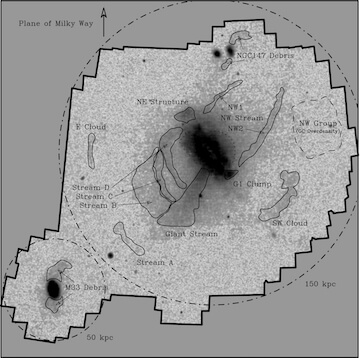FOBOS Science
High-multiplex and deep spectroscopic follow-up of upcoming panoramic deep-imaging surveys like the Vera C. Rubin Observatory Legacy Survey of Space and Time (LSST), Euclid, and the Nancy Grace Roman Space Telescope is a widely recognized and increasingly urgent necessity. No current or planned facility at a U.S. observatory meets the sensitivity, multiplex, and rapid-response time needed to exploit these future datasets. FOBOS, the Fiber-Optic Broadband Optical Spectrograph, is a high-multiplex (1800 fibers), near-term facility that addresses these spectroscopic needs by optimizing depth over area and exploiting the aperture advantage of the existing 10m Keck II Telescope, providing unique focal-plane sampling modes (single-fiber and IFU MOS) and UV sensitivity (0.31–1.0 μm) at R ∼ 3500. In the era of panoramic deep imaging, FOBOS will excel at building the deep, spectroscopic reference data sets needed to interpret vast imaging data. Below are a few examples of the science we are excited to explore with FOBOS.

Created by Illustris Collaboration
Cosmology and Dark Energy
Dark energy is one of the most fundamental, unsolved problems in both cosmology and particle physics. It has inspired enormous world-wide efforts — culminating in LSST, Euclid, and WFIRST — that seek highly precise measures of cosmic structure to constrain the evolving dark-energy equation-of-state. These measures utilize angular correlations of galaxy positions, their gravitational lensing shear, and the cross-correlation between the two. Unfortunately, photometric distances (via photometric redshifts, or “photo-zs”) are significantly less precise than spectroscopic redshifts ("spec-zs"), introducing significant biases. FOBOS will provide the spectroscopic validation of photo-zs that is critical to the success of all imaging surveys in this respect. It would not only increase the dark energy figure-of-merit in LSST by 40% but, importantly, provide vital confidence in cosmological results. FOBOS is particularly powerful in this application because it has no “redshift desert” thanks to its unique ability to measure spectroscopic redshifts above z > 1.5 via rest-frame UV features.
Galaxy Evolution
With both single-fiber and multiplexed IFU observations, FOBOS will produce rich and comprehensive data sets at faint source magnitudes. Its blue sensitivity affords UV absorption studies down to z ~ 1.5, enabling detailed mapping of the baryonic environment at the peak formation epoch. Samples at z = 1–2 will not only characterize how this environment and its impact on galaxies evolves but will also provide large training sets that can be used to extract spectroscopic-like information from the billion-plus galaxy samples observed in all-sky surveys. These data will be used in concert with large samples of spatially-resolved FOBOS observations (in IFU mode) to set the context for highly-detailed studies of targeted samples with James Webb Space Telescope and the U.S. Extremely Large Telescopes. Finally, FOBOS can tie evolutionary behavior seen at early times to the present day by observing faint sub-structure and dynamical tracers in nearby galaxies.

Credit: NASA, ESA, STScI, and the CANDELS team.

Discovery image of the optical counterpart to
GW170817.
Credit: P. K. Blanchard / E. Berger / P.
Edmonds
Time-Domain Astrophysics
In the late 2020s, gravitational wave detectors like LIGO, Virgo and KAGRA will routinely detect ∼30 binary neutron-star mergers with kilonovae (KNe) annually, providing the samples needed to understand how the physical properties and nucleosynthetic yields of KNe vary with environment. With its always-ready central IFU and blue sensitivity, FOBOS will be able to obtain rapid spectroscopy of the Lanthanide- free "blue" component of the KN light curve, which reach their peak flux within one day of a merger at λ ∼ 0.35 μm. Additionally, LSST will discover well over 1 million extragalactic transients annually, including thousands of currently rare sources, such as tidal disruption events, superluminous supernovae, and changing look quasars. With its large multiplex, FOBOS will, for the first time, perform large-scale environmental studies of extragalactic transients, including direct observations of ∼70 transients in the 0.1 deg2 fields observed simultaneously in fields targeting studies of cosmology and galaxy evolution.

Credit: Lewis et al. 2013, Figure 1, The Astrophysical Journal, Volume 763, Issue 1, article id. 4.
Assembly of our Local Group
Studies of individual stars in the Milky Way (MW), Magellanic Clouds, Andromeda (M31), Triangulum galaxy (M33), and numerous dwarf satellites provide an exquisitely detailed look at specific examples of galaxy assembly and evolution. Of particular interest is the ability of future imaging surveys to increase the census of stellar streams and other substructure by a hundredfold. Stars in these structures are faint, however, and easily confused with background galaxies in ground-based photometry. Using spectrocopic reference samples from FOBOS, our goal is to photometrically reconstruct the star-formation histories of disrupted satellites and compare them with dynamical models to constrain assembly histories and enclosed mass constraints.
